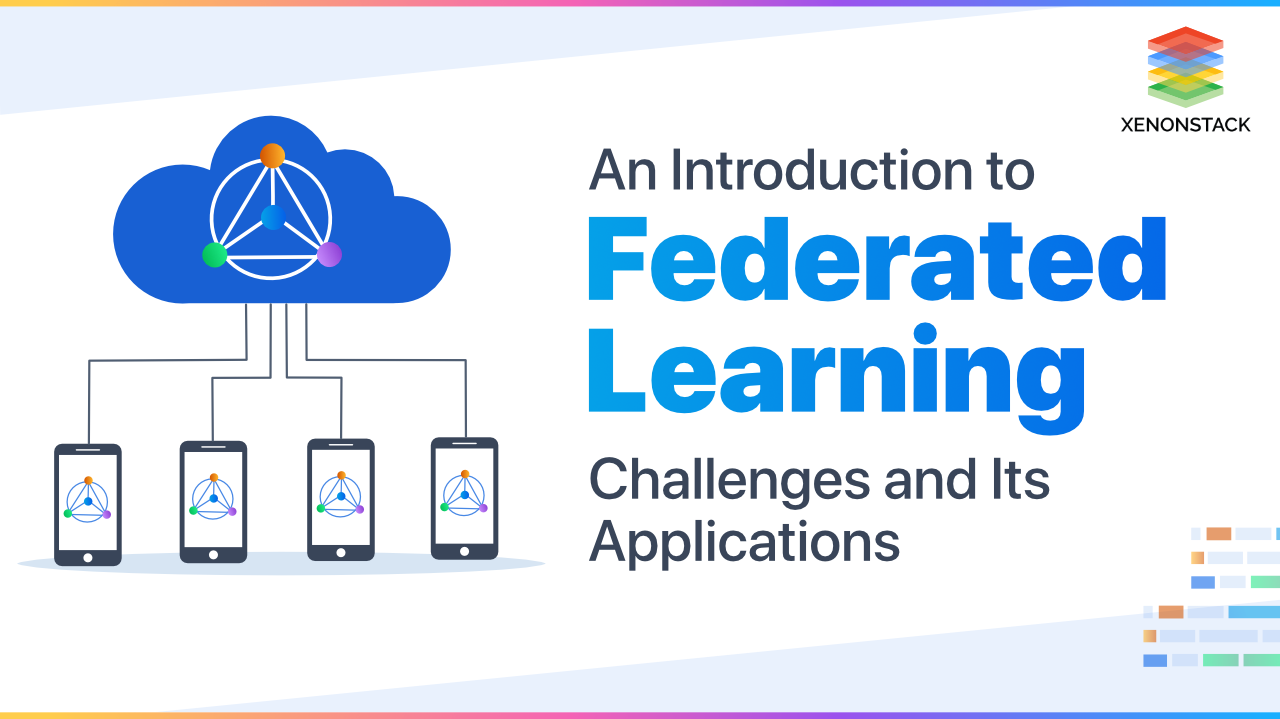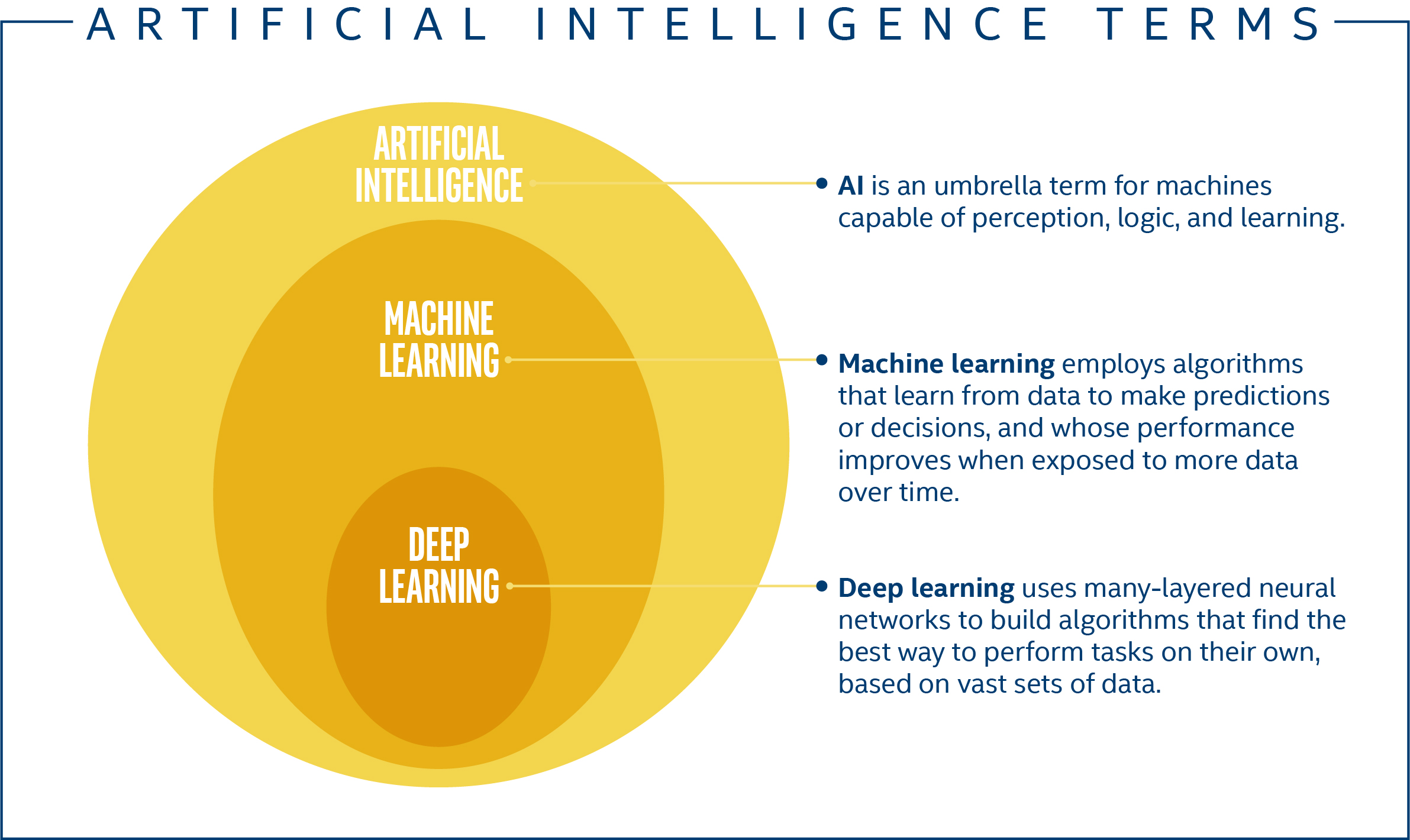
LSM is for long-stable memories cell. It has two main advantages: it can reduce the risk of exploding grades and can learn long-term dependencies. Its use in neural networks allows it to be used to solve a wide range of sequence learning problems such as classification, recognition, and regression. Here are some examples of LSTM. For more information, please read on. (*) Explanation of LSTM:
LSTM can be described as a memory-cell.
The LSTM uses sigmoid neural architectures to represent memories. Typically, an LSTM consists of two layers: the input and output gates. The input gates determine the ht or Xt input values. They also output 0-1 or 1, depending on whether a cell is in its current state. These are the recurrent connections.
It can be used to alleviate the effects of rising gradients
This can cause significant changes in model loss and weights to increase to dangerous levels during training. This is especially true if error gradients are consistently higher than 1.0 for each layer and node during training. This problem can be solved with some best practices. Here are three suggestions:
It can be applied to a number of sequence learning problems
LSTMs can be used in many applications and are capable of solving many sequence learning problems. As their name suggests they are neural networks with a capacity to adapt and learn from new situations. LSTM, as described by its authors, is simple to comprehend and well-suited to learning sequences. According to them, LSTM has been used successfully for a variety sequence learning issues including text-to–sequence translators.

It is based on softmax activation
Softmax activation is a specialization of the logistic functions that convert input values into probabilities. It can be applied to any type of data, even negative or positive. It can also be applied on a large range of values, including any values between 0 to 1.
FAQ
Who is leading the AI market today?
Artificial Intelligence (AI), a subfield of computer science, focuses on the creation of intelligent machines that can perform tasks normally required by human intelligence. This includes speech recognition, translation, visual perceptual perception, reasoning, planning and learning.
Today there are many types and varieties of artificial intelligence technologies.
There has been much debate over whether AI can understand human thoughts. Deep learning has made it possible for programs to perform certain tasks well, thanks to recent advances.
Google's DeepMind unit today is the world's leading developer of AI software. Demis Hassabis was the former head of neuroscience at University College London. It was established in 2010. DeepMind developed AlphaGo in 2014 to allow professional players to play Go.
Who is the inventor of AI?
Alan Turing
Turing was born 1912. His father was clergyman and his mom was a nurse. After being rejected by Cambridge University, he was a brilliant student of mathematics. However, he became depressed. He learned chess after being rejected by Cambridge University. He won numerous tournaments. He returned to Britain in 1945 and worked at Bletchley Park's secret code-breaking centre Bletchley Park. Here he discovered German codes.
He died in 1954.
John McCarthy
McCarthy was born 1928. He studied maths at Princeton University before joining MIT. The LISP programming language was developed there. In 1957, he had established the foundations of modern AI.
He passed away in 2011.
What are some examples AI applications?
AI is used in many areas, including finance, healthcare, manufacturing, transportation, energy, education, government, law enforcement, and defense. These are just a handful of examples.
-
Finance - AI already helps banks detect fraud. AI can detect suspicious activity in millions of transactions each day by scanning them.
-
Healthcare – AI is used for diagnosing diseases, spotting cancerous cells, as well as recommending treatments.
-
Manufacturing - AI can be used in factories to increase efficiency and lower costs.
-
Transportation - Self-driving vehicles have been successfully tested in California. They are being tested across the globe.
-
Utilities can use AI to monitor electricity usage patterns.
-
Education - AI is being used for educational purposes. Students can interact with robots by using their smartphones.
-
Government - AI is being used within governments to help track terrorists, criminals, and missing people.
-
Law Enforcement - AI is used in police investigations. Investigators have the ability to search thousands of hours of CCTV footage in databases.
-
Defense - AI is being used both offensively and defensively. In order to hack into enemy computer systems, AI systems could be used offensively. Artificial intelligence can also be used defensively to protect military bases from cyberattacks.
Which countries lead the AI market and why?
China is the leader in global Artificial Intelligence with more than $2Billion in revenue in 2018. China's AI market is led by Baidu. Tencent Holdings Ltd. Tencent Holdings Ltd. Huawei Technologies Co. Ltd. Xiaomi Technology Inc.
China's government invests heavily in AI development. The Chinese government has created several research centers devoted to improving AI capabilities. These centers include the National Laboratory of Pattern Recognition and State Key Lab of Virtual Reality Technology and Systems.
China is home to many of the biggest companies around the globe, such as Baidu, Tencent, Tencent, Baidu, and Xiaomi. All these companies are actively working on developing their own AI solutions.
India is another country making progress in the field of AI and related technologies. India's government focuses its efforts right now on building an AI ecosystem.
Is AI good or bad?
AI is seen both positively and negatively. AI allows us do more things in a shorter time than ever before. No longer do we need to spend hours programming programs to perform tasks such word processing and spreadsheets. Instead, we can ask our computers to perform these functions.
People fear that AI may replace humans. Many believe robots will one day surpass their creators in intelligence. They may even take over jobs.
What is the latest AI invention
Deep Learning is the latest AI invention. Deep learning is an artificial Intelligence technique that makes use of neural networks (a form of machine learning) in order to perform tasks such speech recognition, image recognition, and natural language process. Google developed it in 2012.
The most recent example of deep learning was when Google used it to create a computer program capable of writing its own code. This was achieved by a neural network called Google Brain, which was trained using large amounts of data obtained from YouTube videos.
This enabled the system learn to write its own programs.
IBM announced in 2015 they had created a computer program that could create music. Music creation is also performed using neural networks. These are sometimes called NNFM or neural networks for music.
Statistics
- In the first half of 2017, the company discovered and banned 300,000 terrorist-linked accounts, 95 percent of which were found by non-human, artificially intelligent machines. (builtin.com)
- According to the company's website, more than 800 financial firms use AlphaSense, including some Fortune 500 corporations. (builtin.com)
- More than 70 percent of users claim they book trips on their phones, review travel tips, and research local landmarks and restaurants. (builtin.com)
- Additionally, keeping in mind the current crisis, the AI is designed in a manner where it reduces the carbon footprint by 20-40%. (analyticsinsight.net)
- In 2019, AI adoption among large companies increased by 47% compared to 2018, according to the latest Artificial IntelligenceIndex report. (marsner.com)
External Links
How To
How do I start using AI?
You can use artificial intelligence by creating algorithms that learn from past mistakes. This can be used to improve your future decisions.
To illustrate, the system could suggest words to complete sentences when you send a message. It would analyze your past messages to suggest similar phrases that you could choose from.
You'd have to train the system first, though, to make sure it knows what you mean when you ask it to write something.
Chatbots are also available to answer questions. You might ask "What time does my flight depart?" The bot will respond, "The next one departs at 8 AM."
Take a look at this guide to learn how to start machine learning.